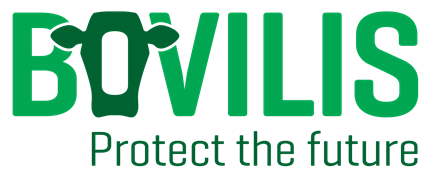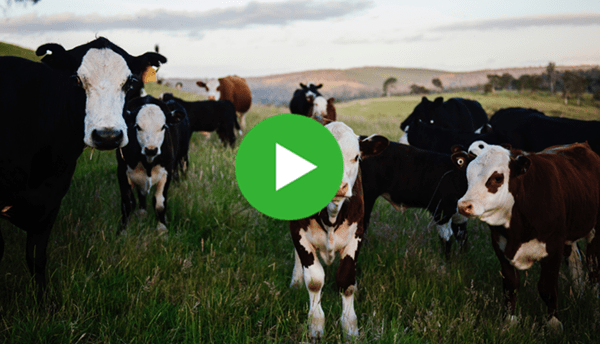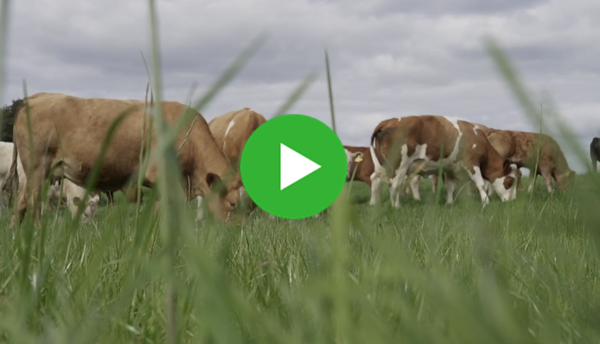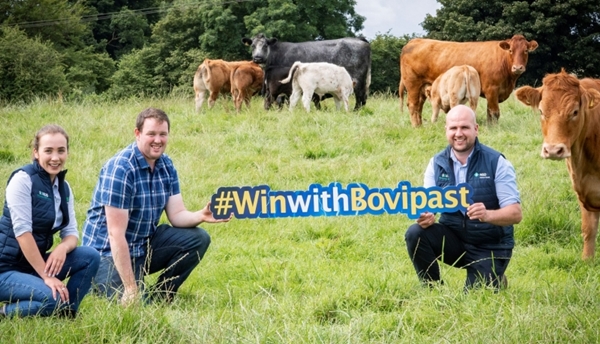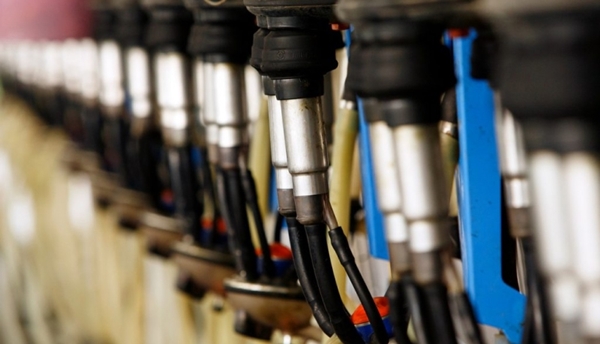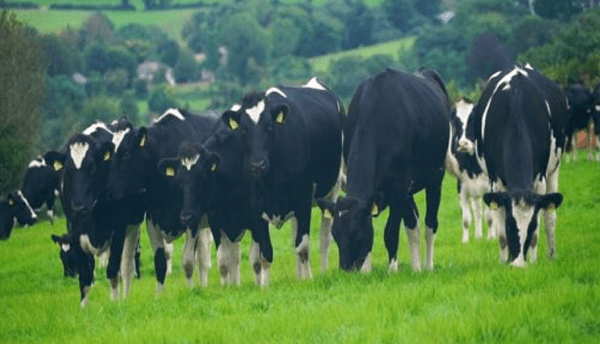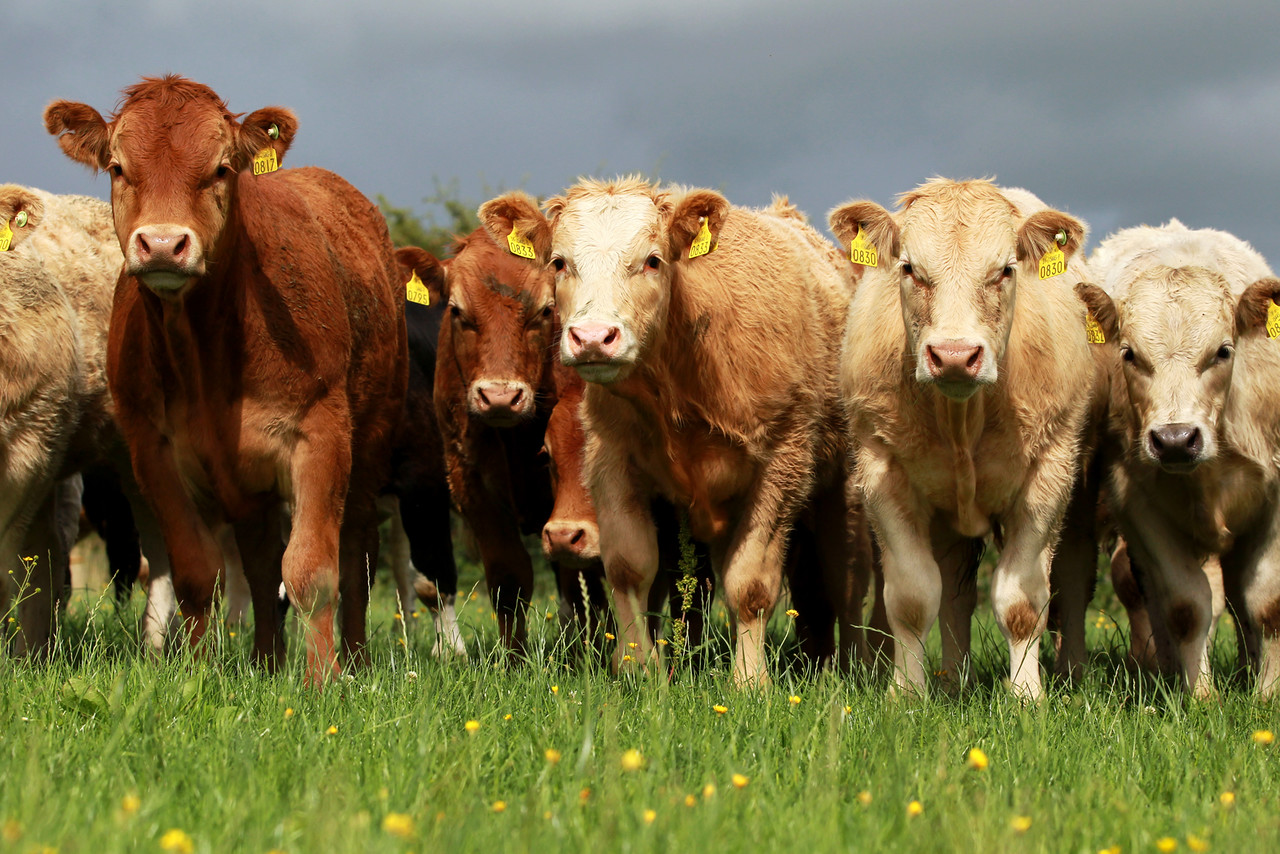

NEWS
BEEP-S Scheme 2021 – The details
19th April 2021
TAGS
The objective of the Beef Environmental Efficiency Programme for Sucklers (BEEP-S) is to further increase economic and environmental efficiency in the suckler herd though improvement in the quantity and quality of performance data that is collected. The deadline for applicants is Monday 26th April 2021. Register here on the DAFM webpage. See figure 1 below for an overview of the 2021 programme.

One of the voluntary measures under Action 2 of the BEEP-S scheme is vaccination. The objective of this action is for farmers to implement a vaccination programme to reduce the incidence of bovine respiratory disease (BRD) caused by certain viruses and bacteria otherwise known as pathogens. Bovine Respiratory Disease or BRD as it is also known, refers to diseases that affect the respiratory system of cattle. The best-known example of BRD in cattle is pneumonia. We would encourage farmers to opt for vaccination as part of option 2 of the scheme and to talk to your vet about vaccination protocols suitable for your weanlings at weaning.
Purpose of Action 2 – vaccination
If you select vaccination as part of Action 2 of the programme you will need to familiarise yourself with the disease pathogens you are trying to protect your cattle against, the vaccines suitable for the programme and their protocols. Let’s start with the disease pathogens. The vaccination pillar of the programme aims at reducing the disease incidence caused by BRD which is illustrated in figure 2:

For the purpose of this programme, Teagasc are advocating the importance of vaccinating calves against all four pathogens listed in figure 2 where possible. If inspected, you must provide receipts to show proof of purchase and a record of vaccine administration dates in order to satisfy Action 2 of the programme.
Applicants must choose one of the following vaccination protocols to qualify for payment:
Option 1. (if there is adequate time before risk period or a broader coverage including bacteria is required)
- First subcutaneous injection of RSV, PI3 and Mannhaemia haemolytica dead vaccine, six to eight weeks before weaning/housing/sale
- Second subcutaneous injection of RSV, PI3 and Mannhaemia haemolytica dead vaccine, two to four weeks before weaning/housing/sale
- At the same time as the second injection, a single IBR live intra-muscular, two to four weeks before weaning/housing/sale
Option 2. (if there is a short time before risk period or if cattle can only be handled once)
- Single RSV and Pi3 Intranasal two to four weeks before weaning/housing/sale
- At the same time, a single (or two dose programme) IBR live intra-muscular injection (two to four weeks before weaning/housing/sale)
Which vaccines can farmers use to qualify for the scheme?
MSD Animal Health has the full portfolio of BRD vaccines to provide protection against the four pathogens listed in figure 2. Figure 3 below displays the disease pathogen each product provides protection against and the specific vaccination protocol.
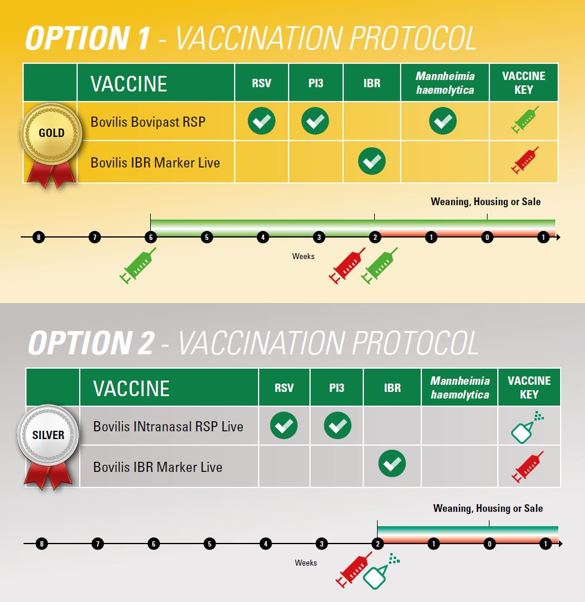
MSD Animal Health are advising all farmers to implement a vaccination protocol using Bovipast RSP and Bovilis IBR Marker Live. Benefits of this programme:
- Combination of these vaccines will provide protection against all four pathogens
- The two vaccines are licenced to be administered on the same day
- Bovipast RSP provides the BROADEST cover against Mannhaemia haemolytica that’s available on the market
- Bovilis IBR Marker Live provides the FASTEST onset of immunity compared to competitor product
Bovipast RSP
- Provides protection against RSV, PI3 and the BROADEST protection against Mannhaemia ((Pasteurella) haemolytica
- Inactivated or dead vaccine
- Two shot primary course given four weeks apart. One shot is 5ml
- The second shot must be given no later that two weeks prior to weaning, sale or housing
- 1st shot six weeks prior to risk
- 2nd shot two weeks prior to risk
- Subcutaneous injection (under the skin)
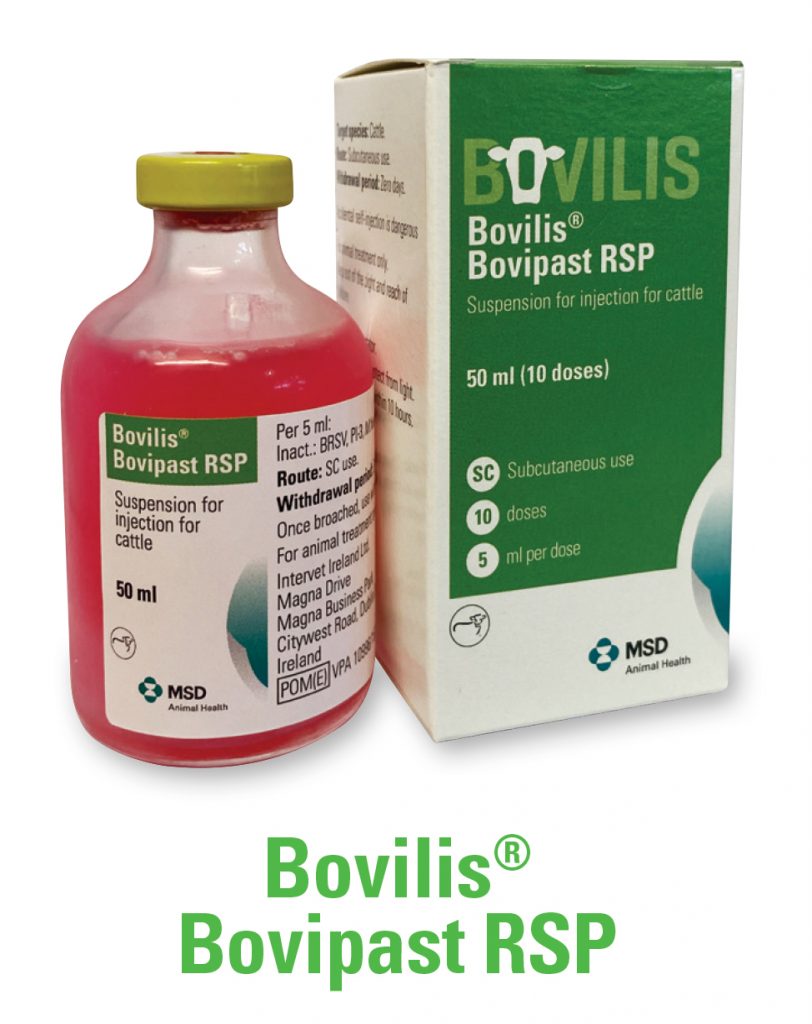
Bovilis IBR Marker Live
- Provides the FASTEST onset of immunity against IBR
- Live vaccine
- Single 2ml shot given at least two weeks prior to weaning, sale or housing
- Intranasal (up the nose) or intramuscular (into the muscle) injection
- Both intranasal and intramuscular administration will give 6 months protection when given to stock over 3 months old.
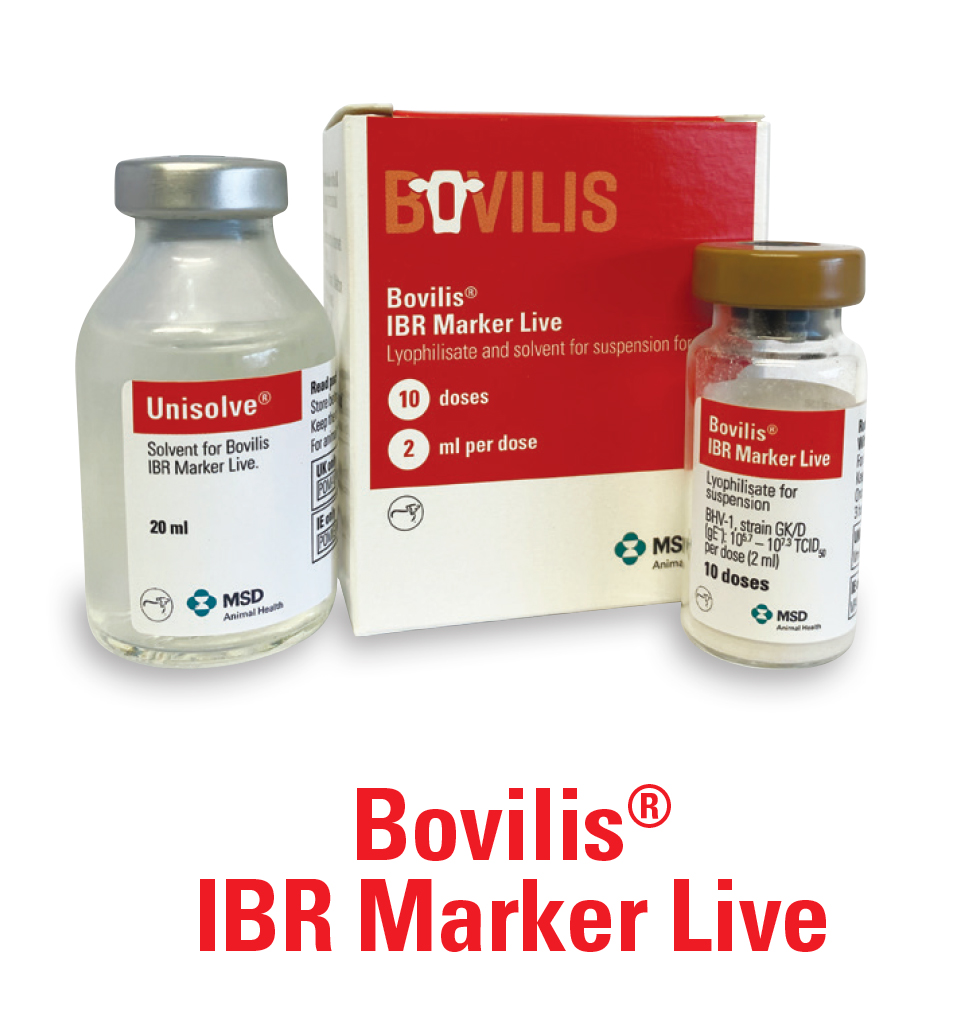
Bovilis INtranasal RSP Live
- Provides the FASTEST onset of immunity against RSV and Pi3
- Live vaccine
- Single 2ml shot given at least one week prior to weaning, sale or housing
- Intranasal administration
- Provides 12 weeks protection against RSV & PI3
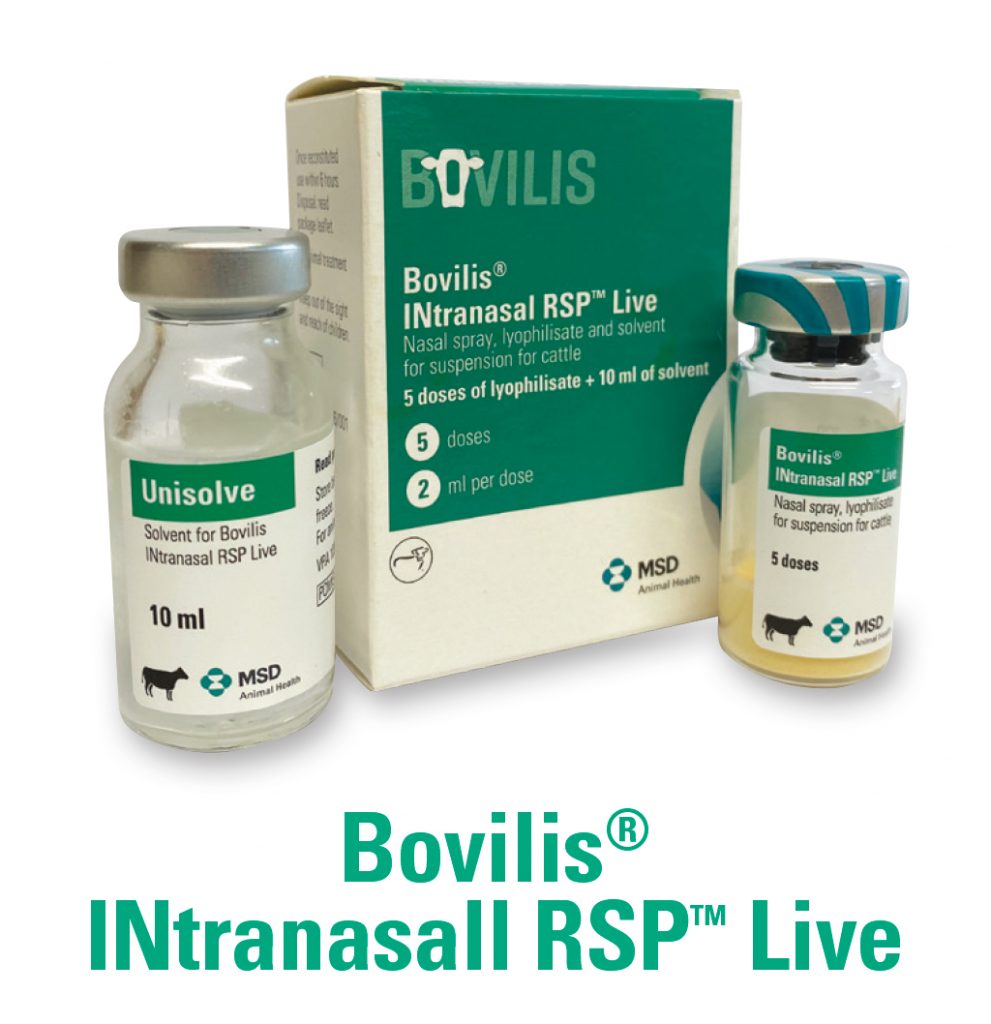
Why is vaccination part of this programme?
A correctly timed vaccination programme in conjunction with correct animal management can have both an economic and labour-saving result for the farmer.
Vaccination programmes can:
- Improve the welfare of the animals. Vaccines can reduce the risk of an animal becoming infected by certain disease pathogens
- Reduce the risk of animals becoming ill which reduces the need for antibiotic treatment
- Protect animals during risk periods. Examples are weaning, housing, mixing of groups, transport, mart trade etc.
- Reduce sick days for animals while also maintaining thrive, allowing animals to reach key target weights
Studies show beef cattle with obvious signs of pneumonia can take over 59 days longer to finish than healthy animals. Even animals showing little or no sickness can be suffering from subclinical respiratory disease which will increase finishing times to slaughter. See figure 4 below:

MSD Animal Health are advising all farmers to consult with their attending veterinary practitioner prior to implementing a vaccination protocol.
If inspected, you must provide receipts to show proof of purchase and a record of vaccine administration dates in order to satisfy Action 2 of the programme.
References
Bareille et al. 2008. Impact technique et économique des troubles respiratoires des jeunes bovins lors de l’engraissement. Rencontres autour des recherches sur les ruminants: 77-80.
TAGS
Sign up to Bovilis® product and event information
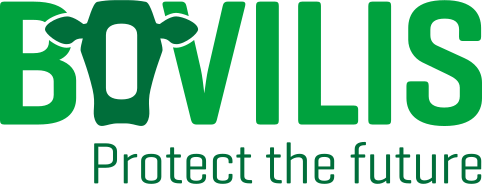
MSD Animal Health
Red Oak North, South County Business Park, Leopardstown,
Dublin 18, Ireland
vet-support.ie@msd.com
PHONE
CATTLE DISEASES
